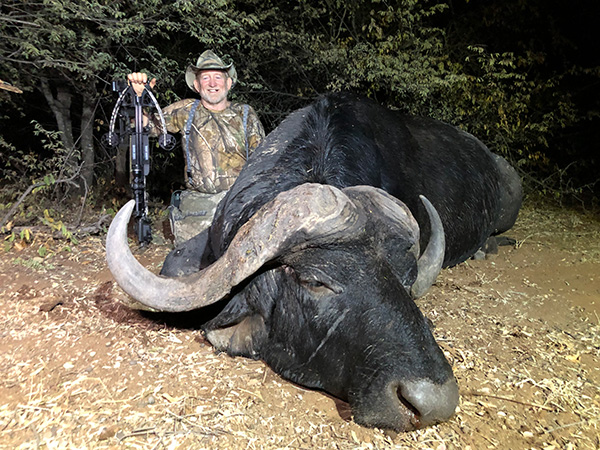
Wayde Cooperider, outdoor skills and safety supervisor for Montana Fish, Wildlife & Parks, shares why safety should be your No. 1 priority in the woods and how bowhunters can focus on safety before, during and after the hunt.
Being safe means being prepared, following the rules and being aware of your surroundings. Follow these suggestions to stay safe this season.
- Be prepared for the unthinkable: Accidents and mistakes happen. Cooperider said being prepared and knowing how to save yourself if you get injured or lost is crucial for bowhunters. For starters, always pack a first-aid kit, learn what to do if you encounter a predator, and practice survival skills like building a fire and filtering water.
- Carry a communication device: A GPS unit or emergency locator beacon can send messages via satellite. These devices are extremely important to carry in remote areas with no cell phone reception or in case you lose your phone or the battery fails.
- Carry and know how to read a map: Maps help bowhunters identify roads, trails, terrain features, water sources, property boundaries, deer habitat, vegetation types and more. Knowing how to read a map could save your life if you get lost or turned around. A printed map is also a more reliable navigational tool than a phone or GPS unit, which can die or break.
- Have a hunt plan (and share it with someone): A hunt plan details when and where you’ll be hunting. It’s not intended to give away your secrets, but to save your life in the event you don’t come home. Before each hunt, create a hunt plan and share it with someone trustworthy and reliable, Cooperider said. If you’re not back on time, they can send help to your location.
- Use a safety harness: The most common bowhunting accident is a treestand fall. Avoid falling to the ground — and potentially to your death — by wearing a full-body safety harness when hunting from an elevated position. Know how to react if you fall, and read Bowhunting 360’s article “Treestand Safety: What You Should Know Before Ascending a Tree” to learn more.
- Transport your equipment carefully: Don’t walk with a nocked arrow, and keep your broadheads covered. Use a pull rope to pull equipment up to your treestand after you settle in. Evenly distribute the weight of your gear as you pack your backpack. If you’re carrying a heavy load, watch your step and walk slowly so you don’t slip or fall.
- Know your limitations: Bowhunters should be physically ready to climb mountains, walk long distances and carry heavy gear and meat. Working out is a great way to build strength and endurance, but even with all the muscle and stamina in the world, bowhunters should know their limits and understand when to stop or take a break.
- Make smart decisions: Bowhunting is full of decisions. Should you climb that hill? Should you take the shot? Should you call the hunt because of weather? Always assess the risks in every situation to help make smart decisions. For example, if there’s an hour of light left and you’re 3 miles away from your car on the last day of vacation, it might be tempting to arrow an elk, but it might not be wise or safe given the physical demands and time restriction.
Don’t risk your life for an animal during a hunt. Remember, anything can happen in the woods. Intelligent hunters stay alert, pack strategically and know how to handle themselves in whatever situation Mother Nature throws their way.
Safety is always a top priority at Bushmen Safaris and we are happy to share these tips with you. Please visit www.bushmensafaris.com or contact us at 208.322.5902 or [email protected] to learn more about hunting with us in South Africa.
Portions of this article originally appeared on the Bowhunting360 website.